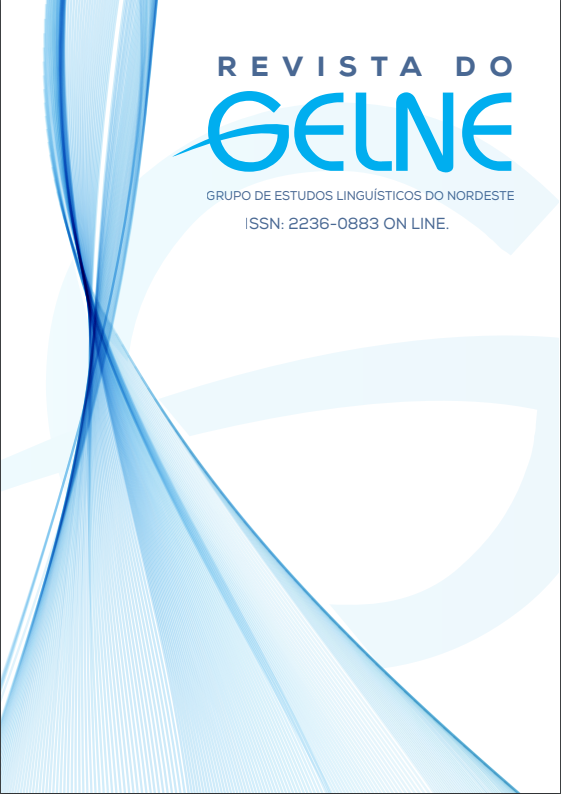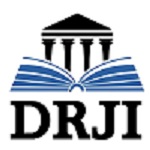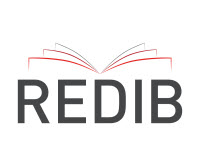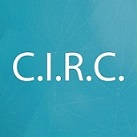Constitución de un corpus para el portugués de Roraima (Siglo XVIII)
DOI:
https://doi.org/10.21680/1517-7874.2023v25n3ID31584Resumen
Este texto objetiva apresentar a constituição de um córpus histórico para o estudo do português em Roraima. Para tanto discute o conceito de implantação linguística (GRAMLEY, 2012; BARZ, SIEGEL, 1988) para contextualizar o estabelecimento sociolinguístico da língua portuguesa na porção norte da Amazônia; e o de silêncio documental (FARAGE, 1986) para explicar a escassez documental sobre a colonização portuguesa do Rio Branco. Em seguida, apresenta os critérios de seleção textual do córpus, composto pela juntada do processo diplomático da Questão do Pirara, disputa territorial entre Brasil (antes Portugal) e Reino Unido. Os principais critérios são o cronológico (final do século XVIII, quando se constrói o Forte São Joaquim, marco da ocupação portuguesa), o textual (documentos da administração portuguesa, em especial os relatos) e o temático (documentos que façam menção extensiva aos espaços roraimenses de outrora, afinal alguns textos apenas mencionam algo como ‘Rio Branco’ sem alongar suas descrições). Ainda sobre a composição do córpus, esta pesquisa relata o levantamento documental realizado no Museu Amazônico, onde está conservado o patrimônio documental do projeto Resgate/COLUSO, e aponta outros arquivos. Por último, a conclusão deste texto enfatiza a defensa de criação (ou fortalecimento) de uma filologia amazônica, cujos propósitos são coletar material textual (levantamento e tratamento de fontes primárias) e descrever a implantação do português na Amazônia brasileira, que se caracteriza pela gestão pombalina e o contato mais efetivo entre a língua portuguesa e as línguas europeias e ameríndias.
Descargas
Descargas
Publicado
Cómo citar
Número
Sección
Licencia
Derechos de autor 2023 Revista do GELNE

Esta obra está bajo una licencia internacional Creative Commons Atribución-NoComercial-CompartirIgual 4.0.

Este trabalho foi licenciado com uma Licença Creative Commons - Atribuição - NãoComercial - CompartilhaIgual 3.0 Não Adaptada.

 Português (Brasil)
Português (Brasil) English
English Español (España)
Español (España)









.jpg)




